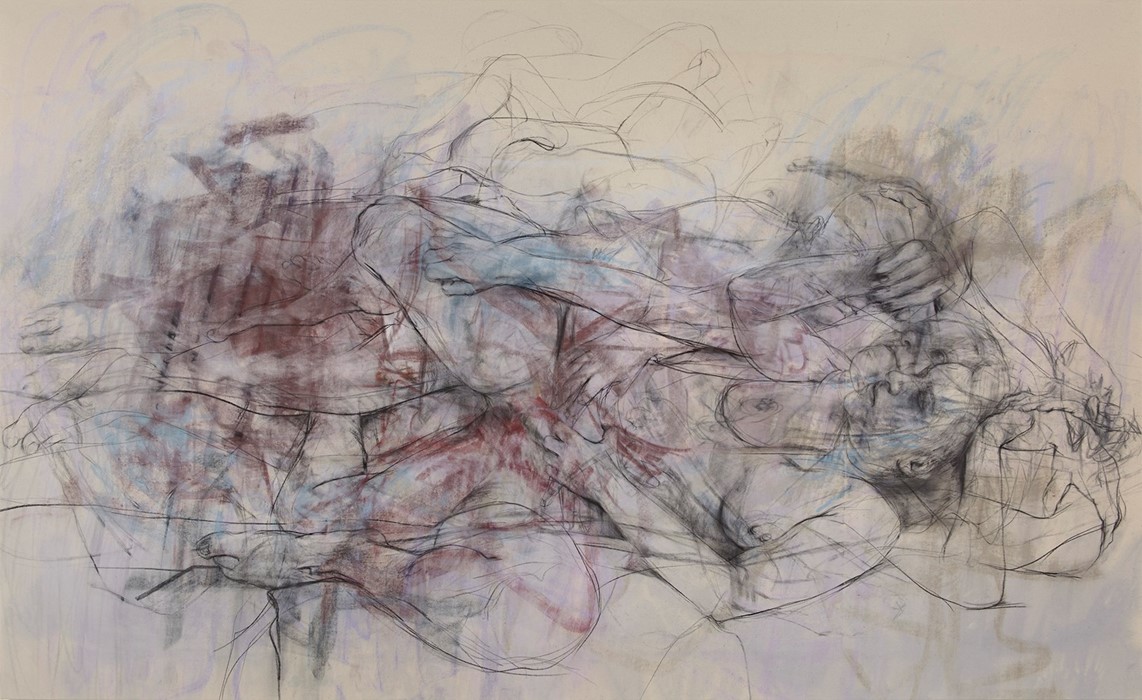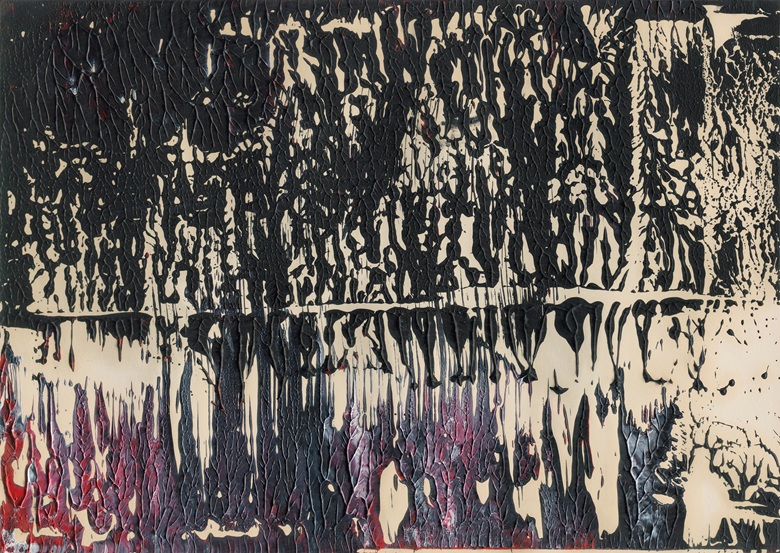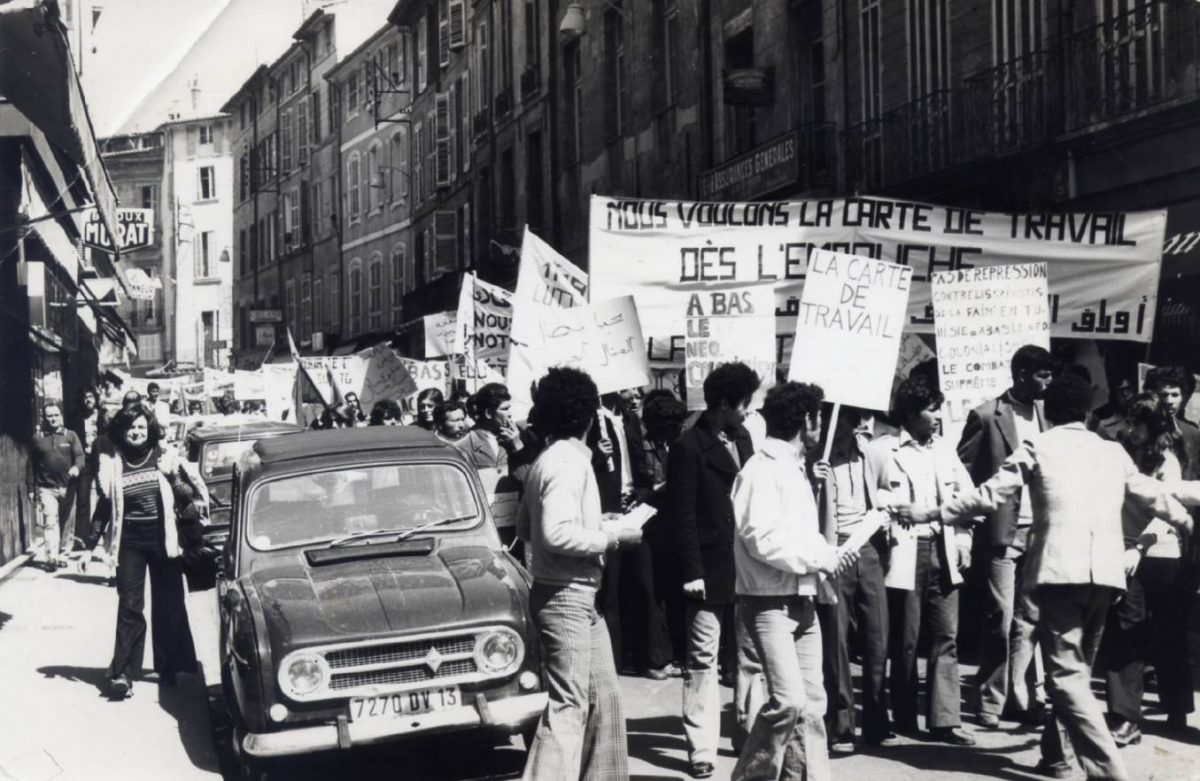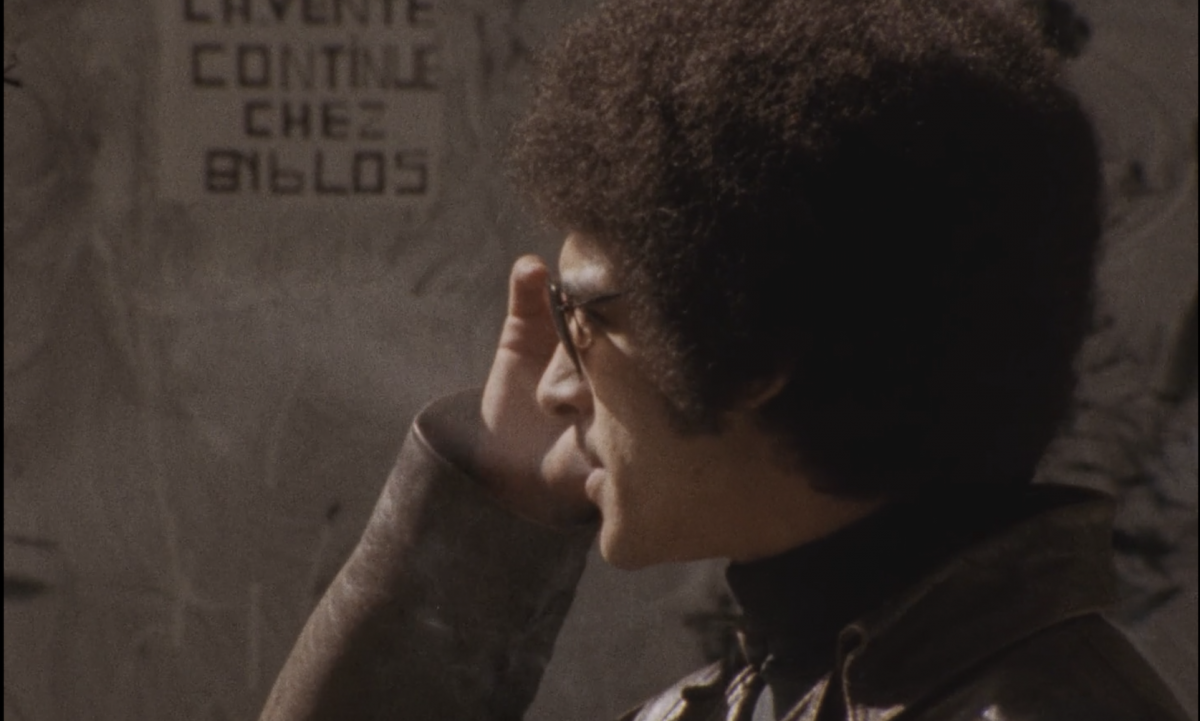The acute, tender personal essays of Megan Nolan have developed a significant online following in recent years. Her readers – myself included – look forward to the publication of her next piece, where we will no doubt find some aperçu that will illuminate things we knew to be true about ourselves but lacked the words to articulate. Nolan, born in Ireland in 1990 and now based in London, specialises in unflinching self-exposure: her articles for the New Statesman, the New York Times and elsewhere are assured exercises in introspection that tend to circle around the body, sex and relationships. The particular feeling or concern to be anatomized tends to be announced in the opening line. A recent essay on what lockdown has meant for those like her, for whom ‘social comfort comes from dating or from having sex with strangers’, begins: ‘In early lockdown, I spent most evenings in the front room of my mother’s house, drunk, staring at a computer, reeling at the prospect of my body being deprived indefinitely of touch’.
One of her most affecting pieces deals with her history of self-mutilation and compulsive biting of her fingers. It is a condition Nolan shares with the unnamed narrator of her debut novel Acts of Desperation. The essay, published in 2019, is typical of her writerly procedure: an event, in this case the engagement of her best friend, prompts her to focus in on an aspect of her life she considers shameful. Her ‘dermatophogia’, as she categorises it, is then traced back through her history – she notes how when single she would let the tearing of flesh become so bad as to grow infected, causing her to be ‘ashamed of what feels like uniquely, viscerally ugly behaviour, the mess of skin and bone and chewing, all so animal’. Violent imagery and polysyndeton are both characteristic of her prose. The essay concludes on a redemptive note – but it is not that Nolan has overcome her condition, only made peace with it: ‘There is no end to me, my body, myself; I am a problem there is no solution to’. It is an elegant ending, and one that evades resolution, lifting the reader from the specific concerns of the piece in a volute of thought.
I return to Nolan’s journalism so as to better understand her novel and its limitations. At the turn of the millennium, the critic James Wood proposed a new genre by which to assess Zadie Smith’s debut novel, White Teeth. He called it ‘hysterical realism’, also including within its rubric ‘big contemporary’ novels like those of Thomas Pynchon, David Foster Wallace and Don DeLillo. These novels were ambitious, the kind of work that ‘knows a thousand things’ but in Wood’s analysis ‘does not know a single human being’. So anxious were they to represent the complexities of the modern world that they neglected the individuals inhabiting it; a restless zaniness and propensity to caricature elided the complexity of human beings, when for Wood the novel’s essential domain is the realm of consciousness. Acts of Desperation, by contrast, might be considered as the polar opposite type of novel: a work that wishes to know nothing at all, but for a single human being.
This need not be a negative appraisal. Though willing to consign her own novel to Wood’s new category, Smith objected to his bringing every other ‘big contemporary’ novel down with her. ‘Whatever the weaknesses of the various writers Wood mentioned,’ she responded, ‘I don’t believe he would wish for a literary landscape missing a book such as Rushdie’s Midnight’s Children or DeLillo’s White Noise’. Both polarities in truth offer rewards as well as risks. The attempt to contain the whole world inside the pages of a novel is a commendable ambition so long as the writing is good, so long as the reader feels the attempt has value. To understand just one person may likewise be a productive limitation, and in the broad church of contemporary authors bidding to do just that, there are some outstanding examples: Karl Ove Knausgaard, Sheila Heti, Ben Lerner, Rachel Cusk, to name a few. Whether such books are successful, then, depends on something much harder to articulate: the book’s ability to hold us, to last, to mean something.
Acts of Desperation shares the lineaments of the work by this crop of autofiction writers. Nolan has written of the profound influence of Knausgaard in particular – how his writing gave her permission to write of the ‘emotional minutiae’ she feared were ‘trivial, unintellectual and altogether too feminine’, how she read nothing but his work while writing her own book. The narrator-protagonist of Acts of Desperation resembles Nolan; as in her essays, the writing is intense and introspective, with the camera held so tightly that one catches little sight of the world beyond her own frantic mind. The novel is a confessional account of an abusive relationship that the narrator fell into in her early twenties, while living alone in a Dublin bedsit and regularly obliterating herself with drink. When she first meets Ciaran, she thinks him the most beautiful boy she’s ever seen. But as the infatuation develops, Ciaran’s unpleasant traits begin to accumulate. He is bad-tempered, mercurial and increasingly manipulative. And yet, she loves him so fiercely that his impression on her mind is like a continually erupting firework, burning with such intensity that, even when she tries to look away, she can see nothing but the afterimage of that brightness.
It is a promising starting point: an exploration of the way one’s sense of self might be annihilated by a toxic, all-consuming relationship. Her narrator’s manic devotion to Ciaran is movingly depicted, as every other aspect of her life becomes blurred and monochromatic. ‘If it was possible for me to have lived just like that, no other life coming in at the edges, no friends, no family, no work – if I had been successful in my attempt to boil my whole universe down just to us, burning bodies welded together in a cold bed – I could be happy there, still.’ Larger structural and stylistic flaws, however, prevent the novel from doing justice to its primary themes.
Its narrative takes place over two time periods: Dublin, between 2012 and 2014, and Athens in 2019 (where Nolan in fact wrote much of the novel). The Dublin sections proceed chronologically with calendrical headings (‘April 2012’, ‘November 2012’), while chapters from Athens are interposed periodically. Such a technique might allow for a distanced, reflective view of the main narrative. But tonally, despite the intervening years there is no shift from the voice of the Dublin chapters, nor a convincing change in psychological distance from the relationship. This is a novelistic requirement, different in kind to that demanded by the essay. Other novels might also have inspired more imaginative means of achieving the same effect. Sheila Heti’s Motherhood (2018) for example – which if contracted to a single question asks ‘Should I have a child?’, just as Nolan’s asks ‘Is it possible to live for myself?’ – embeds the narrator’s experience of flipping a coin to answer particular questions, in an adaptation of the I Ching, the Chinese divination device. ‘Is it that making babies is not a woman’s special task?’, ‘Is this book a good idea?’ Such moments provide welcome interruption from the anxious, tightly focused perspective of the rest of Heti’s novel.
Often, the Athens sections begin with an aphorism: ‘Being in love feels like nothing so much as hope; a distilled, clear hope which would be impossible to manufacture on your own.’ These bear a close resemblance to the kinds of perceptions in Nolan’s journalism (Nolan has mentioned in interviews that the book in fact began as a work of non-fiction about relationships), but here they do not have the same effect. They stick up awkwardly, neither advancing the narrative nor being embodied or illustrated by it. Though some critics have drawn positive comparison with Knausgaard (something encouraged by his prominent commendation displayed on the novel’s back cover), these succinct lines are indicative of the distance between them. In Ben Lerner’s review of the third volume of My Struggle, he wrestles with the fact that ‘Knausgaard isn’t really quotable.’ The narrator’s thoughts are too digressive and circuitous; one would have to quote for pages on end just to illustrate a single idea. Such resistance to quotation is in fact part of Knausgaard’s mastery; his writing evades simplification. And, perhaps, the kind of thinking achieved in an essay would do well to be just as complex. Returning to Nolan’s journalism between readings of her novel, I found my relationship to it somewhat altered. I noticed more keenly the moments where my own experiences were seemingly condensed into the simplest of sentences. But what of those that aren’t ‘really quotable’?
While reflections within chapters tend to be short-lived and undeveloped, most chapters as a whole end so abruptly as to feel incomplete. I include one in its entirety below:
‘I remember the last meal I ever made for him, before everything changed for good, because it looked so pretty that I took a picture – crawfish and crab, arranged in neat pink scoops of lettuce leaves, lime juice and chilli, a spoonful of avocado, a sprinkling of black sesame seeds, and as I took the photograph, my phone lit up with a call from another man.’
There is nothing wrong with the writing itself. But there is not enough behind it. So brave in her personal essays, here Nolan seems to lack the courage to delve more deeply into the emotional texture of the story she is telling. For much of the novel, the narrator glides above memories of the relationship instead of entering into them for any significant duration – we tend to hear of them rather than witness or experience them. This again is symptomatic of the novel’s close relationship to the personal essay, which must be efficient and terse, providing fleeting vignettes extracted from the writer’s life. Of recent novels, perhaps Acts of Desperation’s closest stylistic relation might instead be the works of Jenny Offill. Reviewing Weather (2020), last year, Lauren Oyler mordantly suggested there was no reason why the narrator’s capsule-like paragraphs ‘should be organised as a novel and not a particularly literate Twitter feed.’ The implication was that there was something missing from the novel which might have given it life – the messy parts of experience that exist in the gaps between the short paragraphs and neat thoughts.
There are several longer chapters in the latter stages of Acts of Desperation though that indicate Nolan’s potential as a fiction writer, where the narrative is allowed to develop uninterrupted. The concluding section, after the narrator has fled Dublin for Athens in the wake of Ciaran’s last act of violence, is the strongest of all. A friend comes to visit, and she is again forced into sex against her will. More so than anywhere else in the novel, here one feels the presence of both bodies in a bed, the shifting power dynamics illustrated by what is said and what is not. The power of Nolan’s essays is transmuted into narrative. Afterwards, she finds ‘he was easier to listen to now, less grating. I was able to laugh along without it hurting too much.’ It is a heart-breaking moment. Sometimes it can feel easier just to let things happen. The novel ends in much the same way as Nolan’s essay on her dermatophagia. While so often it is the recognisable features of Nolan’s journalism that hold Acts of Desperation back, here this is not the case. Nolan refuses to offer a definitive answer to the question of how the narrator will live now, leaving a space for a future that is unfixed, but is at least more hopeful than the place from which she has come: ‘What would I think about, now that I wasn’t thinking about love or sex? That would be the next thing, trying to figure out what to fill up all that space with. But that was all right. That would follow.’
What might follow for Nolan? Might she widen her perspective a little, beyond that of a single human being? In a recent interview, she has suggested that her next novel will have ‘more of an expansive story, and more of a world’. One of Acts of Desperation’s epigraphs comes from the The Divided Self by R. D. Laing: ‘A little girl of seventeen in a mental hospital told me she was terrified because the Atom Bomb was inside her’. It is an evocative quotation, and yet, in its original context, the image was contrasted with another, more disturbing vision. Laing continues, ‘That is a delusion. The statesmen of the world who boast and threaten that they have Doomsday weapons are far more dangerous, and far more estranged from “reality” than many of the people on whom the label “psychotic” is affixed.’ The horrors the girl internalises are not of her own imagination; they are the product of those in power.
Read on: John Frow, ‘Thinking the Novel’, NLR 49.









